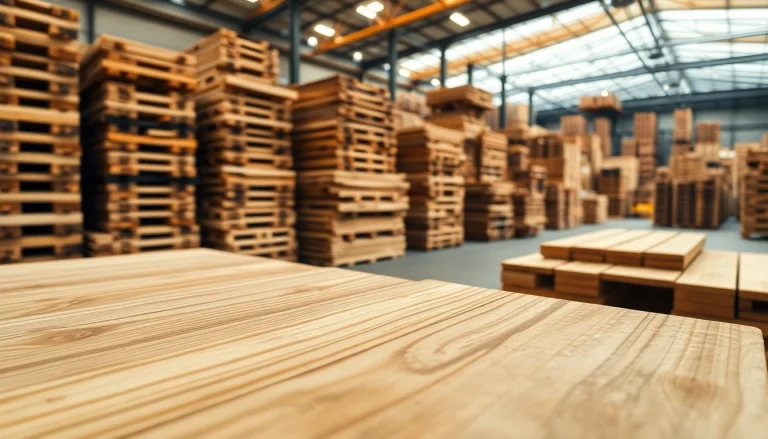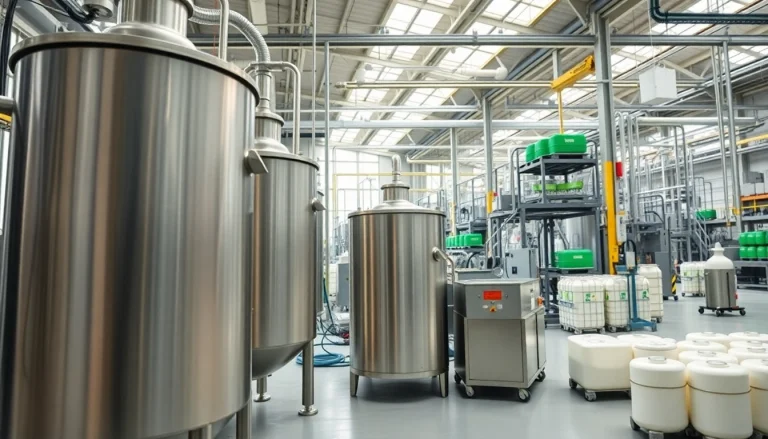Understanding Infusion Resins
Definition and Benefits of Infusion Resins
Infusion resins are specialized polymer systems designed to facilitate the process of resin infusion, commonly used in the manufacturing of composite materials. This technique involves utilizing a vacuum to remove air from a mold, allowing the infusion resins to flow smoothly and fill every crevice of the substrate. Among the primary benefits of infusion resins are their low viscosity, which promotes complete saturation of fibers, and their incredible strength and durability once cured. Moreover, they offer excellent clarity, enhancing the aesthetic qualities of composite products. It is these properties that make infusion resins highly sought after in industries such as aerospace, automotive, and marine manufacturing.
Comparison with Other Resin Types
When comparing infusion resins to other types of resins, such as hand lay-up or pre-preg systems, several distinct advantages become apparent. Infusion resins typically possess a lower viscosity than traditional epoxy systems. This characteristic allows them to be drawn into a mold effortlessly, ensuring that spaces are filled thoroughly and providing uniform strength throughout the composite structure. In contrast, hand lay-up methods can lead to uneven distributions of resin and fibers, potentially creating weak spots. Additionally, whereas pre-preg systems require precise temperature control and handling, infusion resins allow for greater flexibility and ease of use in diverse manufacturing environments.
Key Applications in Composite Manufacturing
The versatility of infusion resins opens up numerous possibilities in composite manufacturing. They are commonly employed in the creation of lightweight and strong structures for various applications, including:
- Aerospace Components: Infusion resins are critical in the production of aircraft parts, where weight reduction and structural integrity are paramount.
- Marine Craft: Their ability to resist moisture and provide long-lasting durability makes them ideal for boats and other watercraft.
- Automotive Parts: Infusion resins are increasingly utilized in creating lightweight automotive components, improving fuel efficiency without sacrificing safety or performance.
- Wind Turbines: The strength-to-weight ratio of composites made with infusion resins helps maximize energy capture in renewable applications.
Choosing the Right Infusion Resins
Factors to Consider When Selecting Resin
When selecting infusion resins, several critical factors should be considered to ensure optimum performance for specific applications. These include the viscosity of the resin, the curing time, and the temperature conditions under which the resin will be used. Low-viscosity resins are preferable for more complex molds with intricate designs because they can flow easily into tight spaces. Additionally, understanding the pot life of the resin is vital for effective application; certain resins may begin to cure quickly, demanding fast and efficient handling.
Evaluating Resin Properties for Specific Use Cases
It’s essential to analyze the inherent properties of the infusion resins you are considering to determine their suitability for particular applications. Key properties include:
- Tensile Strength: Measure the maximum stress the material can withstand while being stretched before failure.
- Flexural Strength: Assess the resin’s ability to withstand bending forces.
- Chemical Resistance: Identify the resin’s ability to resist degradation from various chemicals, crucial for applications in harsh environments.
- Thermal Stability: Consider how the resin performs at elevated temperatures, essential for aerospace and automotive components.
Environmental Considerations in Resin Selection
With growing awareness of environmental impacts, selecting eco-friendly infusion resins has become more critical. Manufacturers are now exploring bio-based resins and sustainable practices to reduce their environmental footprint. These innovations not only meet regulatory requirements but can also enhance the public image of businesses committed to sustainability. Considerations such as low VOC contents, biodegradability, and sourcing practices are vital in making responsible choices in resin selection.
Preparation Methods for Infusion Resins
Surface Preparation Requirements
The success of any infusion process hinges on meticulous surface preparation. Surfaces must be clean, dry, and free of contaminants, as these can severely hinder adhesion and subsequently affect the mechanical properties of the cured composite. Techniques such as sanding and solvent cleaning are commonly employed to achieve optimum surface conditions. Additionally, using appropriate release agents ensures that the finished product can be easily removed from the mold.
Mixing Techniques for Optimal Performance
Correctly mixing infusion resins is vital to create a consistent and effective product. Following the manufacturer’s specifications regarding mix ratios and application methods is essential. Generally, using a low shear mixing technique minimizes the introduction of air bubbles, which can compromise the structural integrity of composites. Therefore, investing in appropriate mixing equipment can enhance outcomes significantly.
Tools and Equipment for Effective Application
To effectively apply infusion resins, proper equipment is necessary. This typically includes:
- Vacuum Pumps: Used to create an airtight environment in the mold.
- Regulated Pressure Tanks: Essential for maintaining the correct pressure during the infusion process.
- Resin Dispensing Systems: Automated systems can ensure a consistent flow of resin, reducing application time and improving accuracy.
Best Practices for Using Infusion Resins
Step-by-Step Process for Infusion
The infusion process can be broken down into several key steps:
- Setup: Prepare your workspace and ensure all materials and equipment are ready.
- Mold Preparation: Clean and prepare the mold, ensuring proper release agents are applied.
- Lay-Up of Fibers: Position the reinforcement fibers within the mold as per design specifications.
- Infusion Process: Utilize a vacuum to remove air and then infuse the resin, ensuring an even application.
- Curing: Allow the composite to cure fully under the specified conditions.
Common Mistakes and How to Avoid Them
Being aware of common pitfalls in the infusion process can save valuable time and materials. Some frequent mistakes to avoid include:
- Inadequate Cleaning: Failing to properly clean surfaces can lead to adhesion issues.
- Incorrect Resin Ratios: Not adhering to mix ratios can severely affect performance; always strictly follow the guidelines provided by the resin manufacturer.
- Ignoring Curing Conditions: Ensure conditions align with recommended temperatures and times to achieve the desired properties in the composite.
Quality Control Measures During Infusion
Regular quality control checks throughout the infusion process are essential to catch and rectify any issues early. Key measures include:
- Visual Inspections: Monitor for consistent flow and saturation of fibers.
- Pressure Tests: Ensure that the vacuum levels are appropriate and maintained throughout the process.
- Final Testing: After curing, inspect the mechanical properties of the composite to ensure they meet design specifications.
Future Trends in Infusion Resins Technology
Innovations in Resin Formulation
Advancements in resin formulations are expected to continue shaping the landscape of composite manufacturing. Innovations include the development of smart infusion resins, which can alter their properties based on environmental conditions, and hybrid resins that combine the benefits of various materials to enhance performance.
Sustainability Trends Impacting Resin Use
As industries strive for more sustainable practices, the demand for environmentally friendly infusion resins is increasing. Manufacturers are exploring options such as plant-based resins or low-impact production processes. This trend not only meets regulatory demands but also aligns with consumer preferences for sustainable products.
Future Applications in Industries
The future for infusion resins looks promising as more industries recognize the benefits of composites. Emerging applications include the use of infusion resins in construction for lightweight structural components and renewable energy sectors, where wind and solar energy technologies can benefit from improved material performance and durability.








